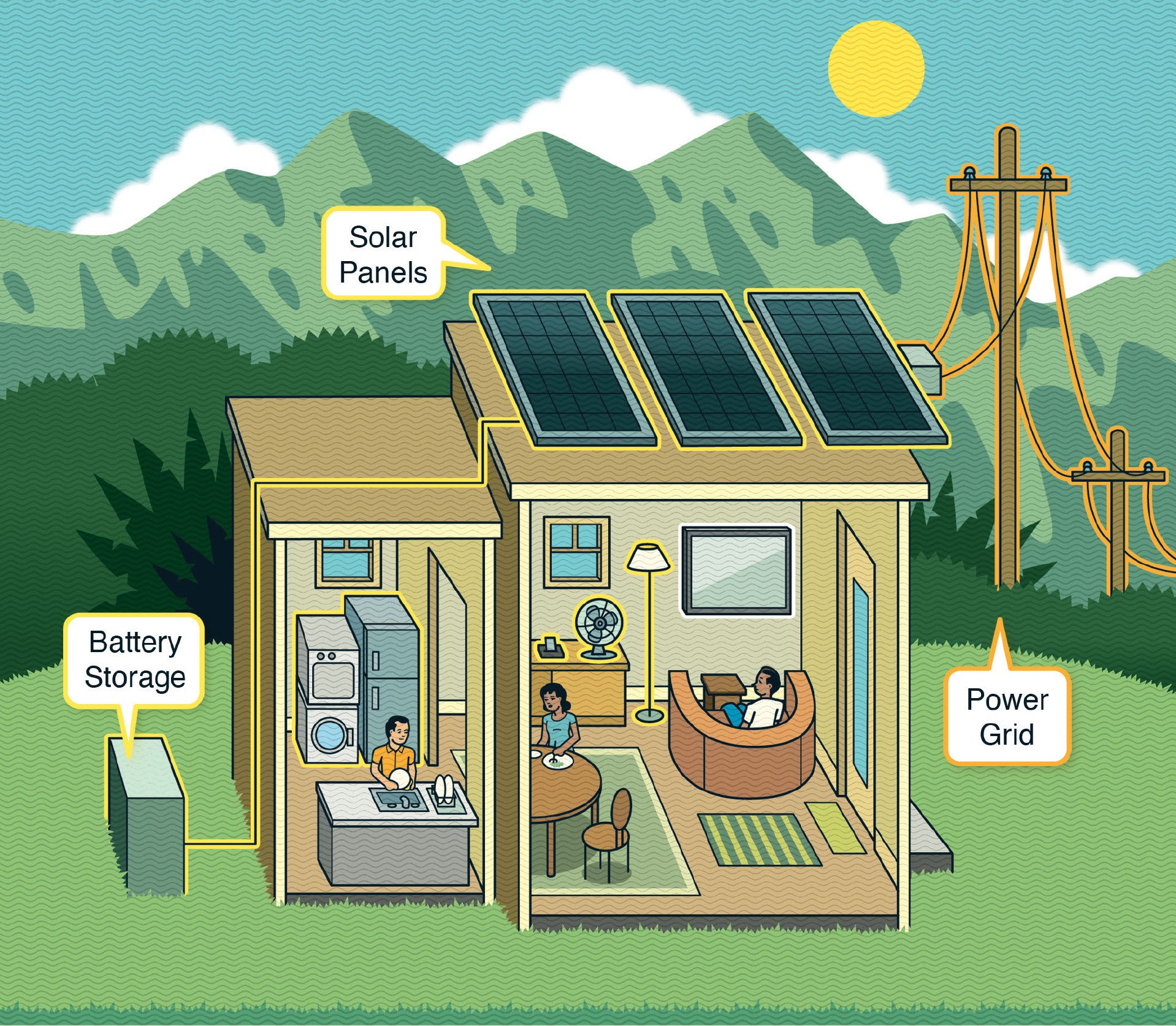December 20, 2023
The Fight for a Clean Energy Transition in Puerto Rico
In fact, rooftop solar panels have already proliferated in many communities throughout the archipelago with tremendous success. Federal funds authorized after Hurricane María hold out promise that all residences of Puerto Rico could be powered by rooftop solar combined with battery storage, ensuring lower electricity bills and greater resilience from severe weather.
However, fossil fuel interests are pushing to import more gas and build more facilities to burn it. These interests are pursuing back-room deals with local elected officials and the federal government to prolong reliance on a dilapidated centralized grid that is 97% powered by fossil fuels. Doubling down on fossil fuels impedes Puerto Rico’s legally mandated clean energy transition, and specifically burdens communities of color and those of modest incomes who live closest to dirty power plants and cannot afford to make the transition to rooftop solar on their own.
Request Legal Assistance
Learn how you can request legal help from Earthjustice.
That is why Earthjustice and our partners, the Queremos Sol Coalition and the Alliance for Renewable Energy Now (AERA, in its Spanish acronym), are fighting for a truly resilient distributed renewable energy system supported by federal funds that will safeguard Puerto Rico’s energy security, independence, and natural resources.
The battle is far from over: Learn more about Earthjustice’s efforts to stop the dirty energy buildout and bring about the equitable and just clean energy system that Puerto Rico deserves.
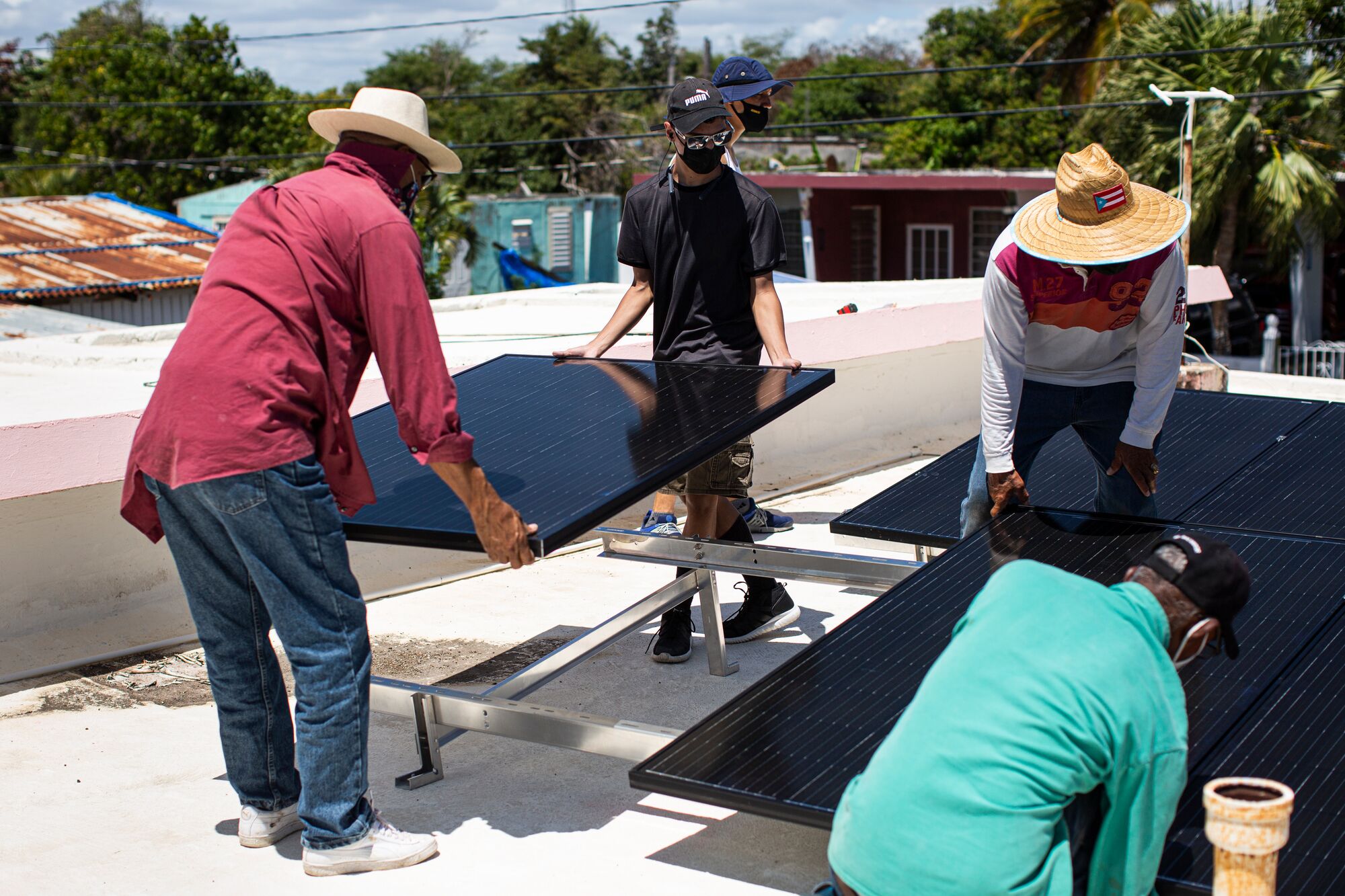
Advocating for an archipelago-wide transition to rooftop solar and battery storage
Earthjustice joined hands with AERA and Queremos Sol in 2020 to advance their clean-energy policy goals and support a much stronger renewable energy plan for the archipelago.
Queremos Sol’s studies show that Puerto Rico receives enough sunlight year-round to generate more than four times the energy its residents need.
Explainer
Why is distributed rooftop solar and battery storage the only viable, safe, and sustainable solution to Puerto Rico's power crisis?
Earthjustice and its partners pushed the Puerto Rico Energy Bureau, which regulates energy in Puerto Rico, to reject reliance on a liquefied natural gas terminal and the construction of new gas plants, and instead embrace rooftop solar and battery storage as the true solution for Puerto Rico’s energy future.
Successful advocacy in 2022 led Congress to set aside $1 billion in an appropriations bill for rooftop solar and storage for the most vulnerable Puerto Ricans.
A Rooftop Solar System is the Solution for Puerto Rico
How much do solar panels and a battery for storage cost?
Solar systems will be free or discounted for those who qualify for federal funds through the Department of Energy. And those who don’t qualify can expect to spend $15,000, for a 3 kW, 10 kWh system that uses Lithium Ion batteries.
How strong are the panels?
Very strong. Solar panels can withstand 180 mph winds.
How much energy can the sun provide?
Puerto Rico gets enough sun to provide more than 4x its energy needs. And most homes in Puerto Rico, even small ones, may meet their backup power needs for essential appliances during hurricanes and power outages with rooftop solar and battery storage.
What power is supplied by a rooftop solar system?
A 3 kW system will generate on average, about 12 kWh of electricity. This is enough to provide backup electricity for a refrigerator (24 hours), lights, TV and other electronics (game consoles, mobile phone chargers, radios), clothes washing machine, and fans.
Illustration by Peter Hoey for Earthjustice
Ensuring FEMA funds are used for widespread, affordable rooftop solar panel systems
Earthjustice is fighting back against the U.S. Army Corps of Engineers’ plan to spend billions of dollars of disaster relief funding to build out new fossil fuel infrastructure across Puerto Rico. These funds were set aside by the Federal Emergency Management Agency (FEMA) after the archipelago’s centralized fossil fuel electricity grid shut down during Hurricane Maria, leaving thousands in the dark for almost an entire year. FEMA is legally obligated to ensure this funding is used to ensure Puerto Rico’s electricity system is rebuilt in a climate-resilient way, yet the government’s proposal to reinvest in the same centralized system powered by dirty fuels does nothing to strengthen the resiliency and reliability of Puerto Rico's electric grid, nor will it reduce electricity costs for residents in the long run.
An archipelago-wide transition to rooftop solar panels and battery storage systems is the most effective way for Puerto Rico to comply with its legal mandate to achieve 100% clean energy by 2050, according to federally funded research from six national laboratories.
Earthjustice attorneys joined those at The Center for Biological Diversity, Sierra Club, and the University of Puerto Rico’s Environmental Law Clinic in sending a letter to the Army Corps, underscoring that its plan was made with no public notice, comment period, or NEPA review, all of which are required by federal law.
Earthjustice and our partners are urging the federal government to ensure that these FEMA funds be used in compliance with Puerto Rico’s clean energy law and Integrated Resource Plan, and that the Army Corps and FEMA cancel, or at least halt, these decisions before wasting taxpayer money undermining Puerto Rico’s clean energy transition.
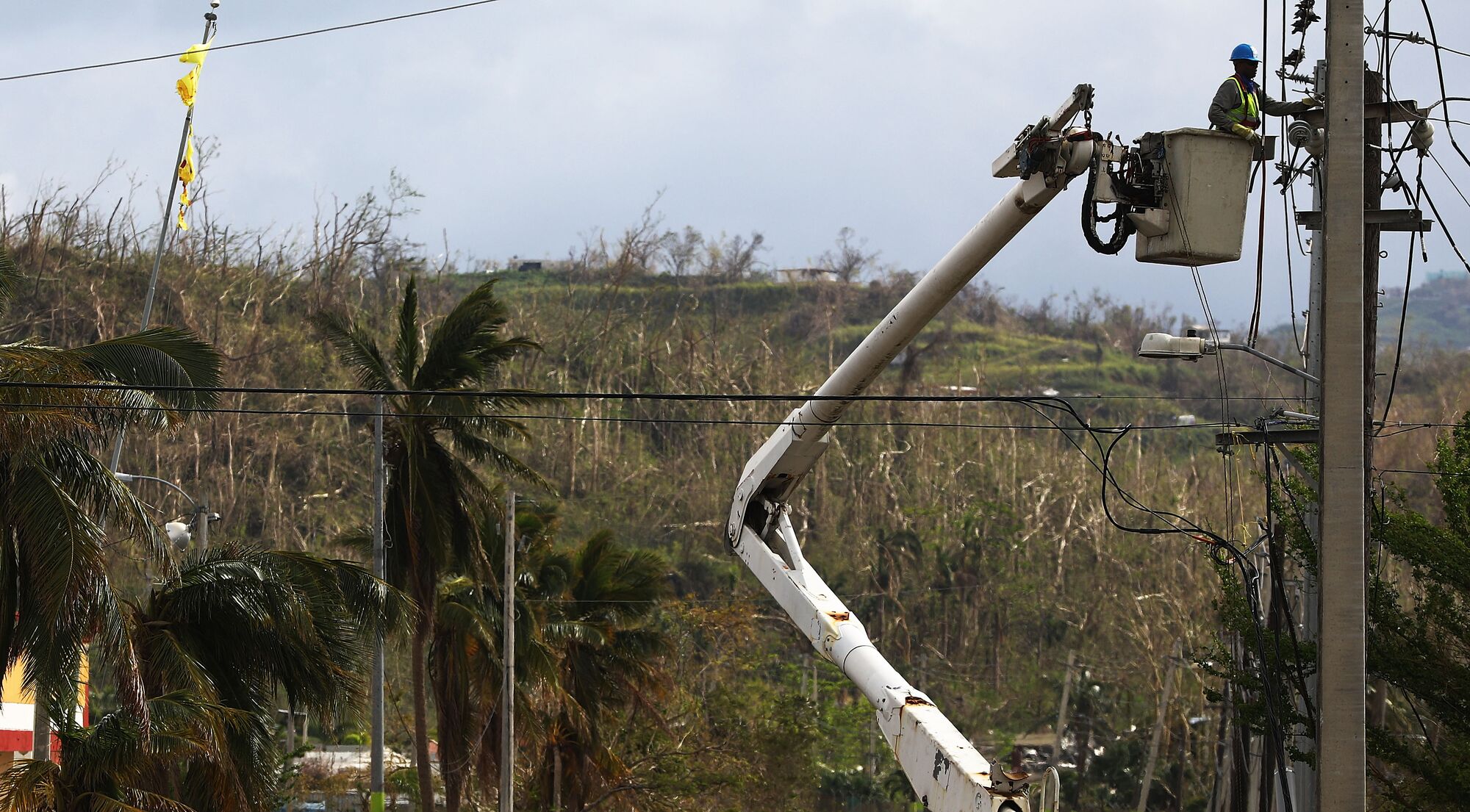
Prioritizing distributed renewable energy in the Integrated Resource Plan
Even though Puerto Rico passed a law mandating that its public electric utility produce 100% of its electricity from renewable sources by 2050, the utility proposed a plan in 2019 that would have extended its reliance on large power plants burning imported fossil fuels for the next two decades. This plan, known as the Integrated Resource Plan (IRP), was under consideration for approval by the Puerto Rico Energy Bureau. Earthjustice intervened on behalf of our clients, challenging this reckless and short-sighted proposal from taking effect.
Our efforts successfully pushed the Energy Bureau to implement major changes to the plan, including:
- Stopping the rush to build gas infrastructure in Puerto Rico by denying plans for new liquefied natural gas (LNG) terminals and gas plants;
- Ordering an aggressive renewables procurement plan;
- Embracing distributed solar and storage;
- Ordering the creation of energy efficiency programs.
Earthjustice is working to ensure that Puerto Rico is on track to meet its ambitious clean energy goals when its Integrated Resource Plan is revised in 2024.

Protecting agricultural lands from large-scale utility solar farms
Earthjustice is suing the government of Puerto Rico on behalf of six environmental, agricultural, and public health organizations to prevent the illegal siting of utility-scale renewable energy projects on agricultural and ecologically sensitive land without a thorough assessment of their community and ecosystem impacts.
Despite an abundance of land ripe for growing crops, Puerto Rico imports 85% of its food supply and has lost more than 1 million acres of farmland to development. Now, the archipelago’s dwindling supply of arable farmland is being desecrated to construct enormous industrial solar farms. While these utility-scale solar projects may be appropriate for advancing the clean energy transition in many parts of the U.S., they are not a solution for Puerto Rico.
Utility-scale solar projects require clearing large swaths of land for development, exacerbating Puerto Rico’s shortage of locally produced food, further displacing small farmers, heightening the risk of flooding and community displacement, and perpetuating the failed centralized electricity system that continues to undermine the archipelago’s independence and resiliency.
Earthjustice’s lawsuit demands that the Puerto Rico Energy Bureau and the Department of Economic Development and Commerce find alternative locations for renewable energy generation, such as already-contaminated sites, or prioritize the buildout of rooftop solar and battery storage.
Cleaning up coal ash
We are addressing two major sources of pollution harming the lowest-income communities in the archipelago: the Applied Energy System (AES) Corporation coal power plant and the Aguirre Power Complex in southeastern Puerto Rico. Since it started burning coal in 2002, the AES power plant in Guayama has failed to properly dispose of its coal ash, which is contaminating the air, soil, and water.
The plant, which transmits electricity to the San Juan metro area, produces an average of 600 tons of coal ash per day and has accumulated hundreds of thousands of tons of coal ash waste that have already contaminated part of the South Coast Aquifer, the sole source of potable water for tens of thousands of people in Puerto Rico.
We are working to accelerate the closure of the AES coal plant before its anticipated closure date of 2027, as well as investigating the placement of 2 million tons of coal ash in Puerto Rico, ensuring adequate remediation of contaminated groundwater and soil, and demanding that AES guarantee full compliance with the 2020 law prohibiting coal ash disposal in Puerto Rico. Learn more about the hazardous legacy of the AES-PR coal plant.
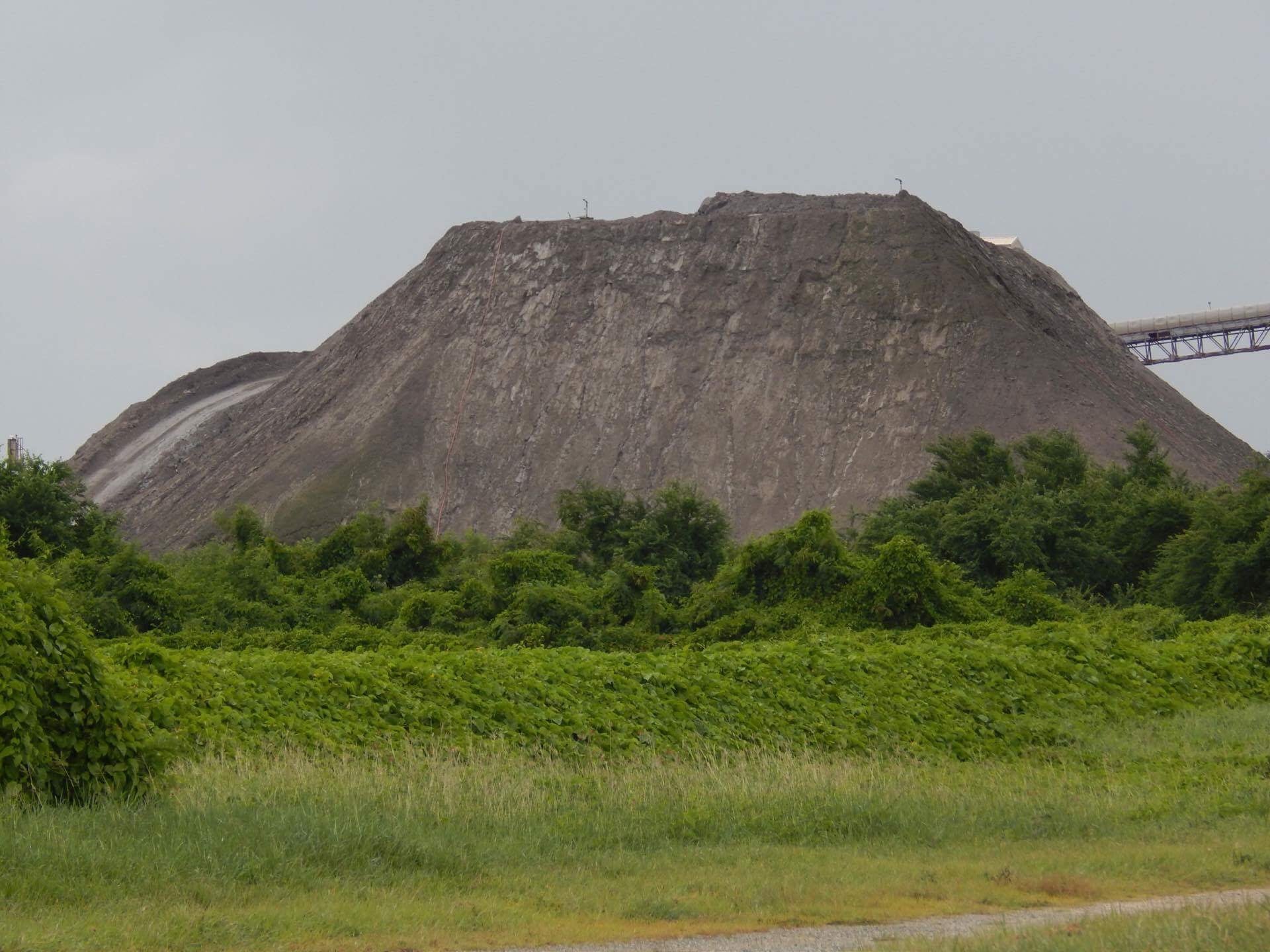
Strengthening the State Implementation Plan on sulfur dioxide
Earthjustice and local groups are urging the EPA to approve components of Puerto Rico’s proposed energy plan that direct the shutdown of specific fossil fuel power plants in San Juan, Palo Seco, and Aguirre in order to reduce sulfur dioxide (SO2) pollution. We are also urging the EPA to reject other parts of the plan that would slow reduction or proper measurement of SO2 pollution.
In the San Juan area and the southeast of Puerto Rico, concentrations of SO2 — a pollutant that harms people’s lungs and contributes to acid rain, haze, and formation of soot in the atmosphere — have exceeded the National Ambient Air Quality Standards (NAAQS) set by the Environmental Protection Agency.
The EPA and Puerto Rico’s Department of Natural and Environmental Resources (DNER) have concluded that SO2 pollution is coming primarily from the Palo Seco, San Juan, and Aguirre fossil-fueled power plants. This pollution poses a serious threat to Puerto Ricans’ health. People with asthma, particularly children, are sensitive to SO2 and the pollutant can aggravate other conditions like chronic bronchitis. The pollution adds to the harm borne by disproportionately burdened communities in the southeast municipalities of Salinas and Guayama.
Earthjustice and our partners are also calling on the EPA to require DNER to add measures to ensure that Puerto Rico does not allow more SO2 pollution sources — such as more diesel power plants — that could keep SO2 concentrations high even after existing fossil plants shutter. Specifically, we are advocating for mandatory deadlines to incorporate large quantities of distributed renewable energy and battery storage into the archipelago’s electric system, which will keep SO2 out of the air and bring environmental and health benefits to already burdened communities.
Transforming Puerto Rico’s electric grid
Our attorneys and clients are fighting back against a measure that would impose massive electricity rate hikes on Puerto Rican customers and interfere with Puerto Rico’s clean energy policy.
Under the Puerto Rico Oversight, Management, and Economic Stability Act (PROMESA), the federal government formed a fiscal oversight board to pay back the multibillion-dollar debts incurred by Puerto Rico’s government, specifically its public electric utility PREPA. The board proposed a plan to pay back the utility’s creditors by charging customers a higher rate, but Earthjustice intervened, warning that this plan is a false solution that will cause mass grid defection, lead PREPA back into bankruptcy, and discriminate against customers looking to interconnect rooftop solar and battery storage systems to the grid.
Through the expert report filed in the case, we showed that if the legacy charge is imposed, customers who can afford to do so will leave the grid completely and supply all of their own power with distributed generation, while those who can’t will feel the burden of higher rates and then could be forced to leave their homes and migrate elsewhere. Read more about our expert report.
We are committed to revolutionizing Puerto Rico’s public electric grid into a climate-resilient system powered by an array of renewable energy sources such as solar microgrids, distributed generators, and hydroelectricity, as well as rooftop solar and storage systems independent of the grid so that everyone can survive outages in an emergency.

Ensuring a clean, affordable electricity system for Puerto Rico
Earthjustice is working to ensure that LUMA Energy — the U.S. and Canadian-owned private company that operates Puerto Rico’s electric transmission and distribution system — prioritizes deployment of rooftop solar and storage, energy efficiency, affordability, reliability, and customer service. LUMA Energy took control of the archipelago’s electricity transmission and distribution in 2022 as a result of Puerto Rico’s debt crisis. Deeply unpopular and heavily scrutinized for its unreliable service that has led to prolonged blackouts and enormous rate increases, LUMA has continued to double down on the same centralized, fossil fuel-based long-distance transmission system that has time and again catastrophically failed.
Earthjustice and our partners are working to ensure that the Puerto Rico Energy Bureau subjects LUMA to performance-based regulations and penalties to advance safe, affordable, and disaster-resilient power to the people of Puerto Rico, transforming their electric system into one powered entirely by distributed renewable energy.
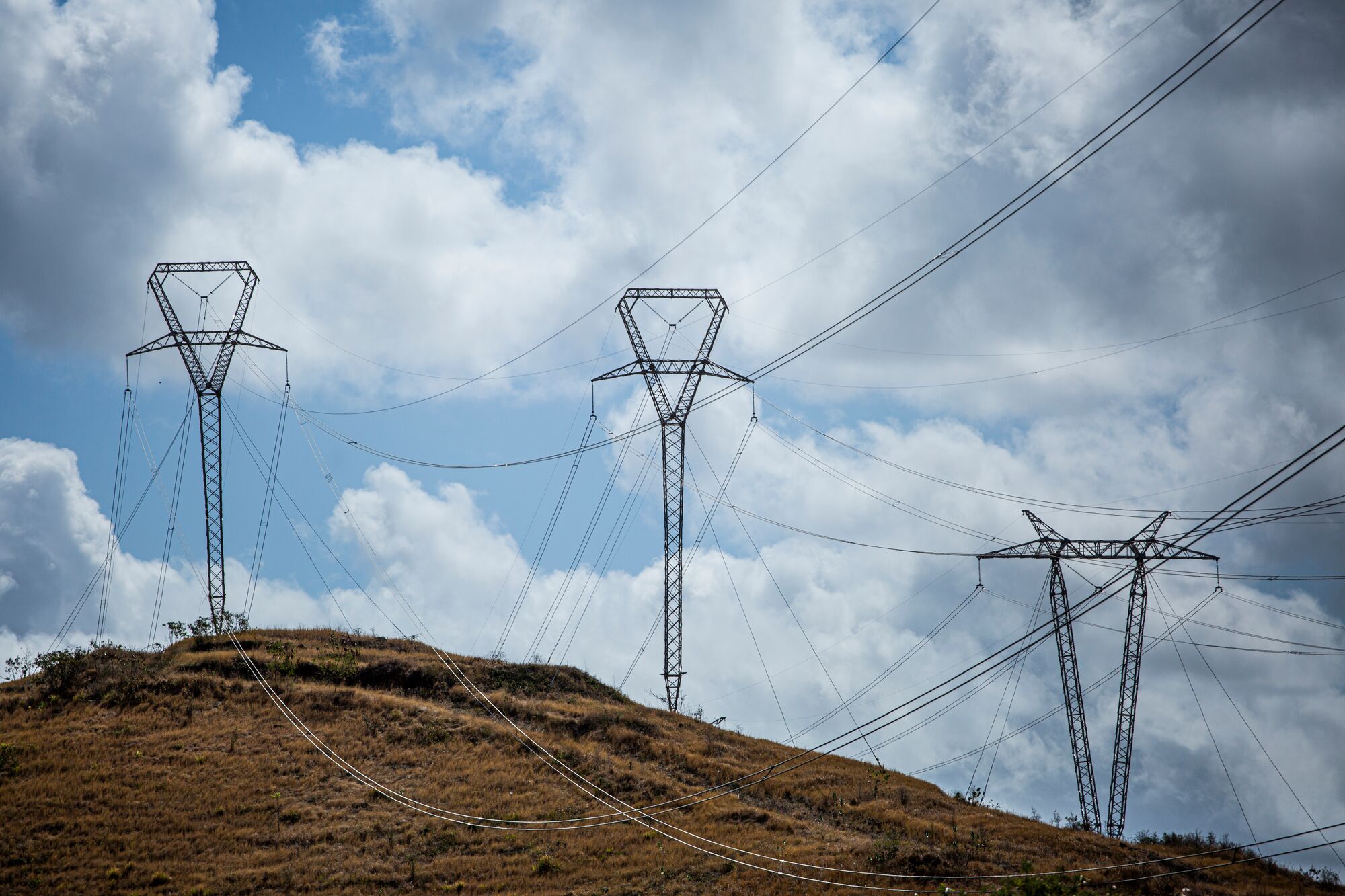
Demanding that New Fortress Energy and its subsidiaries comply with the law
In 2019, Earthjustice represented numerous community organizations along Puerto Rico’s San Juan Harbor who were not notified or consulted about New Fortress Energy’s plans to build an enormous liquified natural gas (LNG) import terminal less than a quarter mile away until after construction had begun.
Our attorneys successfully advocated to the Federal Energy Regulatory Commission that this project required its approval, and that because New Fortress Energy had not obtained the necessary permit, the LNG terminal is operating illegally. FERC has ordered that New Fortress Energy submit an application for approval, yet has allowed the LNG terminal to continue operations, subjecting frontline communities to ongoing environmental harms and safety risks. This procedure is currently ongoing.
Earthjustice is also intervening to oppose FERC’s approval of a 220-foot gas pipeline at an unpermitted LNG terminal in San Juan that is operated by NFEnergia, a New Fortress Energy subsidiary. Characterized by the U.S. Army Corps of Engineers as a ‘temporary solution’, NFEnergia’s pipeline is part of an effort to perpetuate Puerto Rico’s dependence on LNG for the benefit of fossil fuel companies.
Our Partners
Earthjustice’s work in Puerto Rico would not be possible without the partnerships we have forged over the years. Special recognition goes to the AERA and Queremos Sol coalitions; Comité Diálogo Ambiental, Inc.; Comité Yabucoeño Pro-Calidad de Vida, Inc.; Mayagüezanos por la Salud y el Ambiente, Inc.; Coalición Organizaciones Anti-Incineración; Amigos del Río Guaynabo; Alianza Comunitaria Ambientalista del Sureste, Inc.; Campamento Contra las Cenizas en Peñuelas; Inc; Mujeres de Islas, Inc.; CAMBIO; Sierra Club Puerto Rico; El Puente de Williamsburg, El Puente – Enlace Latino de Acción Climática; Unión de Trabajadores de la Industria Eléctrica y Riego; Frente Unido Pro-Defensa del Valle de Lajas, Inc.; Organización Boricuá de Agricultura Eco Orgánica, Inc.; Bosque Modelo de Puerto Rico, Inc.; Comité Caborrojeños Pro Salud y Ambiente, Inc.; Liga de Ciudades PR, Inc.
Opening Photos: An aerial view of homes and the blue ocean in Arecibo, Puerto Rico. (Alejandro Davila Fragoso / Earthjustice) Residents of San Juan, P.R., sit outside to stay cool as they wait for the damaged electrical grid to be repaired, three days after Hurricane Maria made landfall on Sept. 20, 2017. (Joe Raedle / Getty Images) Solar panels at the rooftop of Ballajá Infantry Barracks Building (Cuartel de Infantería de Ballajá) in Old San Juan, San Juan, P.R. (Erika P. Rodríguez for Earthjustice)
The Florida regional office wields the power of the law to protect our waterways and biodiversity, promote a just and reliable transition to clean energy, and defend communities disproportionately burdened by pollution.
